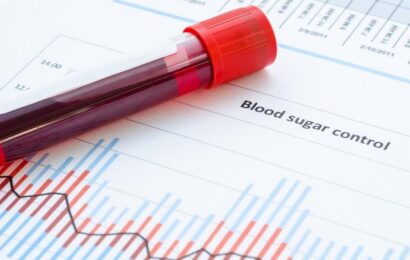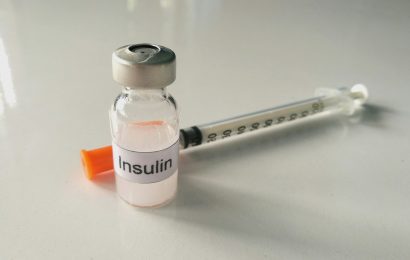By now, you’ve heard that people with diabetes are at a higher risk of developing heart disease. You’ve also heard that it’s important to have your cholesterol level checked at least once a year, and that you should keep your LDL, or “bad,” cholesterol under 100 mg/dl (or 70 mg/dl if you’re at high risk for heart disease). You may even know about getting a “lipid profile” done once a year. What may seem a little murky is what triglycerides are, how they are related to heart health and diabetes, and what to do if they’re too high. So this is the topic for this week’s blog entry.
Triglycerides are usually overshadowed by their cousin, cholesterol. And people often confuse triglycerides with cholesterol, thinking that they’re the same thing, but they’re not. However, it’s easy to understand the confusion, because there are a few similarities between the two. Both triglycerides and cholesterol are found in food, but are also made by the liver. Both are carried through the bloodstream by particles called lipoproteins. Both fall in the category of “blood fats,” or “blood lipids.” And both can contribute to heart disease if levels in the blood are too high. But that’s where the similarities end.
What are triglycerides? Triglycerides are the body’s storage form of fat. Technically, triglycerides are also the fat we get from food sources, although we usually don’t call food fat “triglycerides.” For those of you who remember your chemistry, triglycerides consist of three fatty acids attached to a glycerol molecule. (Cholesterol, by the way, has a whole different chemical structure). When we eat, any calories that we don’t use for fuel get stored in our fat cells in the form of triglycerides. The body can draw upon these triglycerides for energy if needed. Both triglycerides and cholesterol are necessary for the body to stay healthy; the problem comes in when blood levels of either are too high.
What causes high blood triglycerides (hypertriglyceridemia)? Many things. These include: being overweight, high blood glucose levels, underactive thyroid, and kidney disease. Some people have high triglycerides because of their food choices—eating too many refined carbohydrate foods (such as cakes, candy, and cookies) can boost triglycerides. Frequent imbibers of alcohol may also have high levels. Even some medicines can raise levels, such as steroids, beta-blockers, tamoxifen, estrogen, and birth control pills. And, just like high cholesterol, high triglycerides can run in the family.
Why are high triglycerides a concern? The main concern with high triglycerides is heart disease. There appears to be a link between high triglycerides and hardening of the arteries, which can lead to heart attack and stroke. High levels of this blood fat can point to other medical problems, such as kidney or liver disease, poorly controlled diabetes, and thyroid issues. Very high triglyceride levels can lead to pancreatitis, or inflammation of the pancreas, a serious and painful condition.
How are triglycerides measured? Triglycerides are measured by a simple blood test, usually as part of the lipid profile, which also measures total, HDL (“good”) and LDL cholesterol. Because triglyceride levels fluctuate in response to food intake, for the most accurate reading, you shouldn’t eat or drink anything (except for water) for 12–14 hours before the test.
What’s the target for triglycerides? For people with and without diabetes, the goal is 150 mg/dl or less.
The next obvious question is: How do I lower my triglycerides if they’re high? Tune in next week for the answer!




